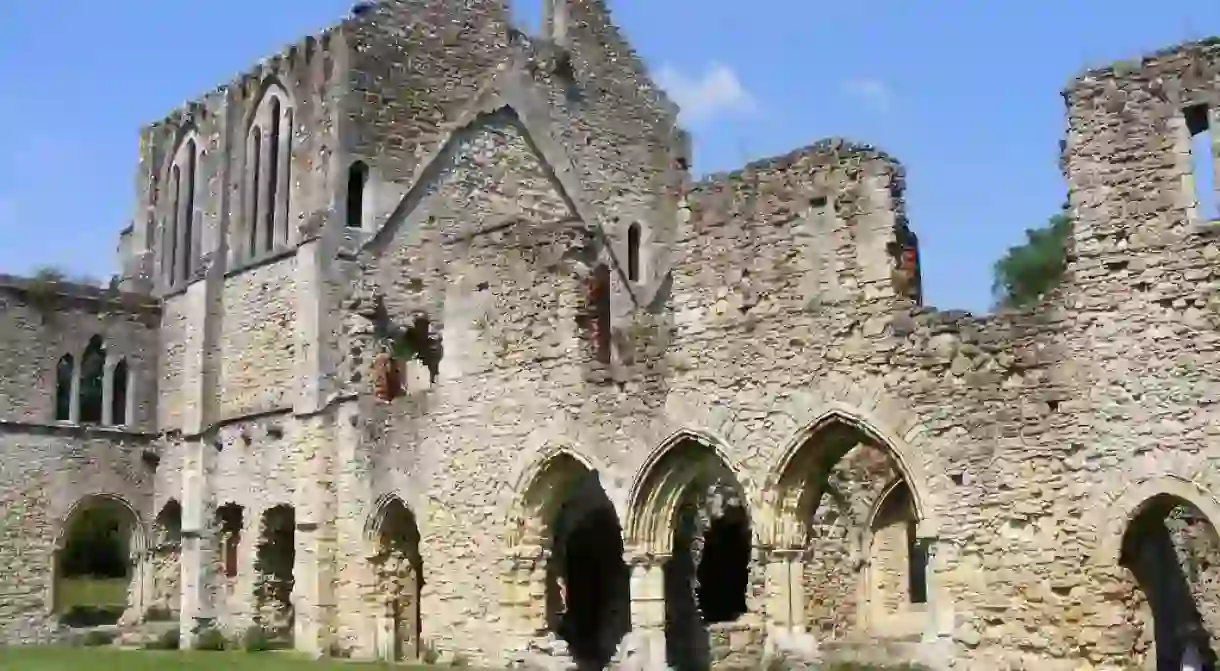The Truth Behind Southampton's Urban Myths and Legends

Throughout history, the city of Southampton has accumulated a plethora of urban legends and ghostly tales that have unfolded and developed over time. Despite this, people are often unaware of the stories that lie behind these mysterious fables and paranormal sightings. These are five of the best urban legends and local myths, uncovered.
The Legend of Sir Bevis
Legend has it that the wife of Guy, the Count of Hampton, asked a former lover to kill her husband in the forest. Fearful of vengeance from her 10-year-old son, Bevis, she ordered his death, only for Bevis to be saved by his faithful tutor. Bevis was sold to pirates and had many adventures, including defeating the 30-feet-tall giant, Ascupart, in battle. After being passed on to the Armenian King, and falling in love with the Muslim Princess, Josain, Bevis returned to his homeland and founded Southampton. Echoes of the legend survive today in Southampton’s place names, such as Bevois Valley, Josain Walk and Ascupart Street, and Bargate’s lion sculptures represent the lions which Bevis is said to have slain to protect Josain. Sadly, in reality there was no existing Sir Bevis; he was a mythical character emanating from the 13th-century Anglo-Norman poetic romance, Boeve de Haumtone.

The Southampton Plot conspiracy
In 1415, the Southampton Plot was a conspiracy to replace King Henry V with Edmund Mortimer, fifth Earl of March, by three men who were subsequently caught, trialled and executed. The Red Lion Pub now occupies the site of the trial, and it is here that visitors have witnessed a ghostly, mournful procession leaving the pub, and heard the sound of heavy boots stomping in the cellar. Due to the lack of trial documentation, however, it has been speculated that the trio were wrongly accused of the conspiracy, although they are believed to have been guilty of other offences – perhaps the pub’s spectral activity is the men returning for vengeance? Overall the pub is reported to have 21 resident ghosts and electrical equipment is said to often randomly switch on and off.

The ghost of Anne Boleyn
Reportedly one of the most haunted places in Southampton, the museum is supposedly occupied by a ghost who turns lights on in the night and creates shadows in the windows, triggering excessive police calls due to the fear of intruders. According to locals, a medium was consequently called in, who analysed that an occupant ghost was bored, and left a ball for it to play with – the ball disappeared, and the building immediately became more peaceful. Visitors have also reported phantom figures crossing rooms and walking through bricked up doors. A paranormal investigation team also captured someone sitting in a chair using their thermal imaging camera. Although it is said that former residents wander the house and some witnesses determine one female spectral figure to be the ghost of Anne Boleyn, who allegedly once visited the house as a guest, the paranormal spirits are yet to be confirmed.

Ghostly footprints at the Medieval Merchant’s House
The Merchant’s House, at 58 French Street, is one of the earliest surviving houses in England. During the Second World War, the House was used as a brothel. As the story goes, in a payment dispute between a prostitute and a sailor, the sailor allegedly murdered the girl. Today, a ghostly female figure has allegedly been seen to drift through the bricked up doorway and in one of the bedrooms. Other reports include footsteps on the wooden staircase, people being pushed in the back, and heavy doors slamming. Legend has it that one evening, during the 1980s, staff raked over the gravel on the cellar floor before locking up, the following morning there were footprints in the gravel starting in the middle of the room and going into the wall.

The hooded monk of Netley Abbey
Supposedly, Netley Abbey is home to a secretly buried treasure, guarded by a jealous, ‘hooded monk’. Although the ghost has appeared multiple times, details of his appearance vary and there is little information on his origins. Another legend tells of a secret chamber, where the treasure lays concealed. But before you get out your metal detectors and shovels, beware – it is also said that an old curse befalls anyone who disturbs the ruins or tries to locate the treasure. This rumour may come from the legend of Walter Taylor, a builder contracted to demolish the Church in 1719. Taylor was warned in a dream that he would be punished if he did so, but he ignored the dream and went ahead with the demolition. Soon, a window arch fell on Taylor’s head, killing him. Since these events, there have been multiple ghostly sightings, but there has been no material evidence confirming these experiences – or, unfortunately, the hidden treasure.

This article was written in association with Wessex Scene, a student publication based at the University of Southampton.













